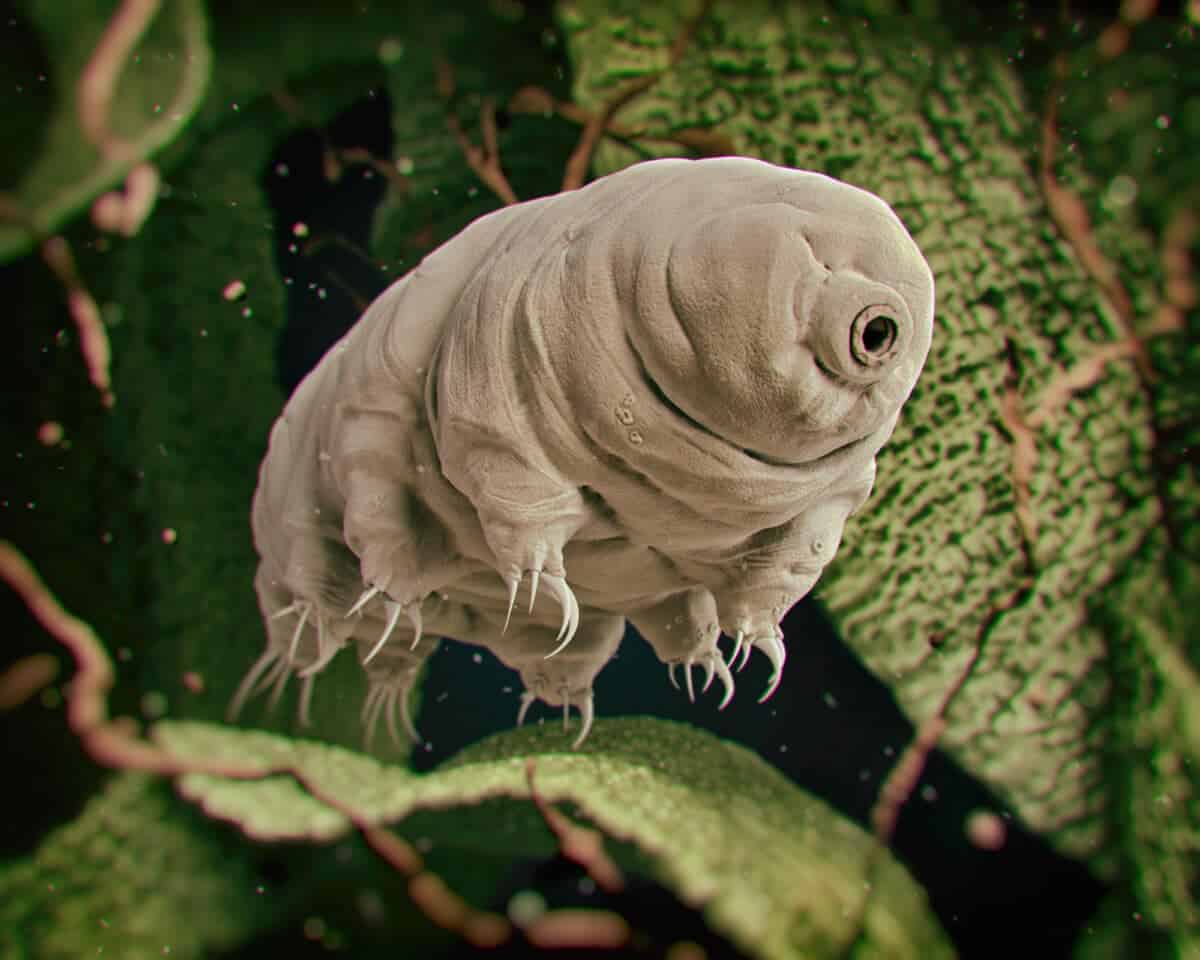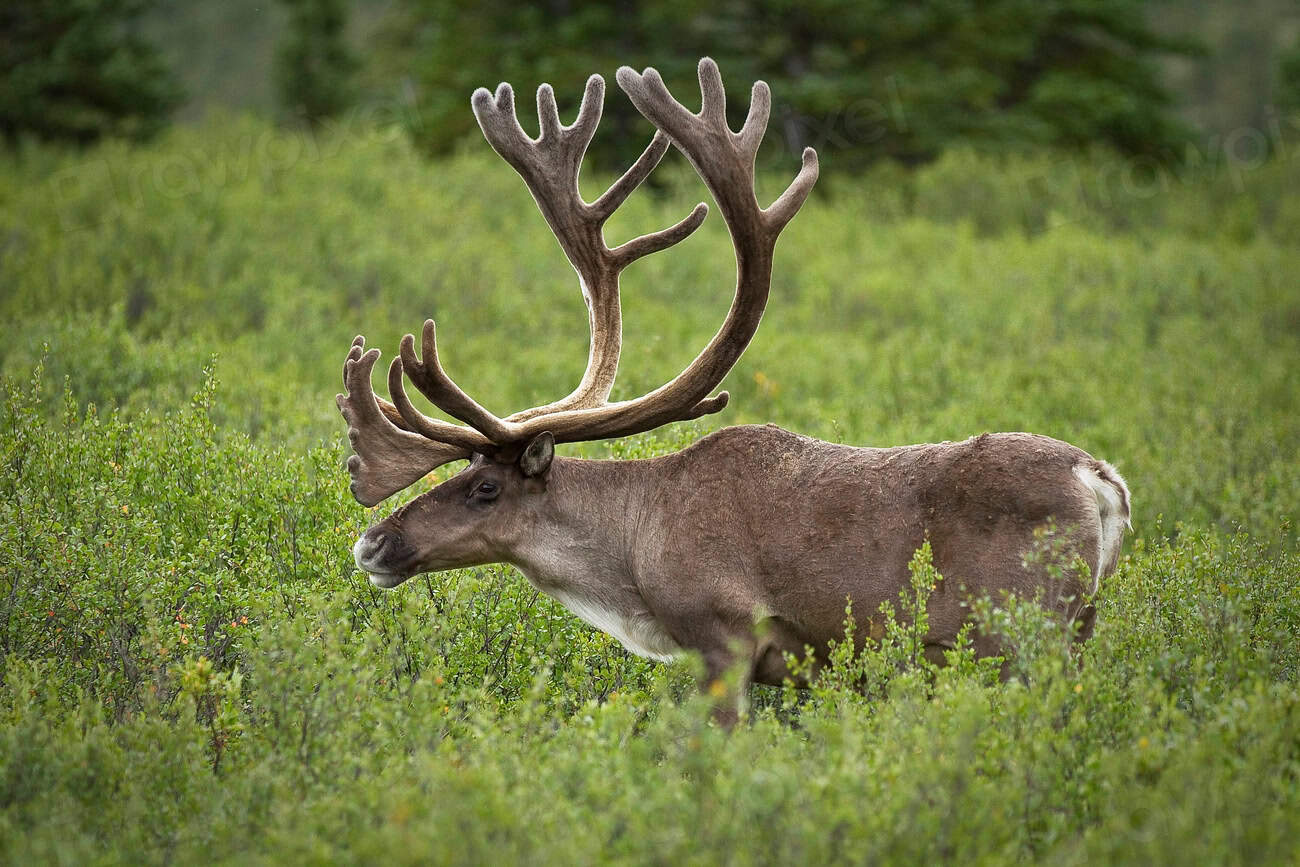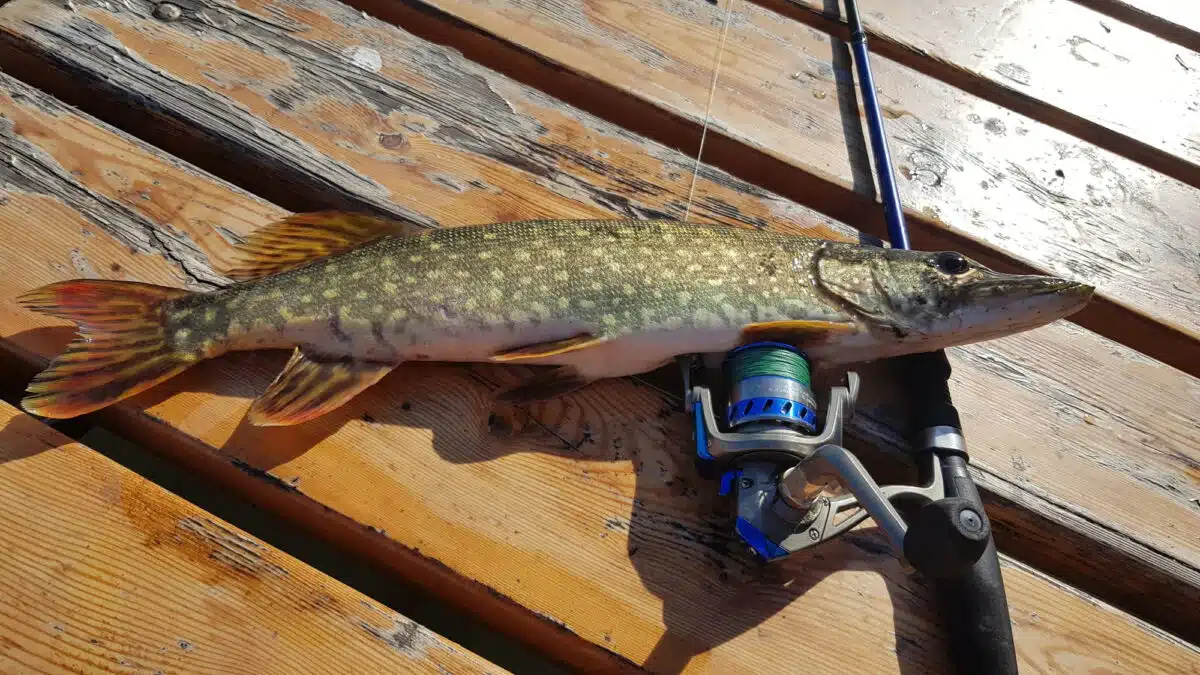Imagine a world so cold that your breath freezes mid-air, and the ground is covered in an endless sheet of ice. Now, think of animals not just surviving, but thriving in these frozen lands. Some creatures have unlocked nature’s most astonishing secrets to endure temperatures that would send most of us running for a fleece blanket. This isn’t just inspiring—it’s downright jaw-dropping. Whether you’re an animal lover, a science buff, or just someone who hates winter, these stories of icy endurance might even make you shiver with awe. Get ready, because these 13 remarkable survivors redefine what it means to be truly tough.
13. Emperor Penguin

Emperor penguins are the ultimate winter warriors, braving the harshest conditions on Earth in Antarctica. These birds huddle together in giant groups, sometimes thousands strong, to battle the biting wind and temperatures that can drop below minus 60 degrees Celsius. Their thick layers of feathers trap air, creating a cozy insulation that protects them from the cold. Even their feet are specially adapted to stand on ice for months without freezing. What’s truly remarkable is how they incubate their eggs on top of their feet, keeping them warm with a fold of skin called a brood pouch. Watching them shuffle and waddle, it’s easy to forget that every step is a victory against the elements. The emperor penguin is a reminder that teamwork and persistence can overcome even the coldest odds.
12. Arctic Fox

With its snow-white fur and bushy tail, the Arctic fox is like a little ghost darting across the frozen tundra. This clever mammal sports one of the best winter coats in the animal kingdom, with fur so dense it insulates even better than a polar bear’s. The Arctic fox’s body is compact, reducing the surface area exposed to the cold, and its furry paws act like built-in snow boots. During the darkest, coldest months, it survives by scavenging leftovers from larger predators or hunting lemmings beneath the snow. When food is really scarce, the Arctic fox’s metabolism slows down, helping it conserve precious energy. Somehow, it manages to look adorable while being a master of survival—a true winter trickster.
11. Wood Frog

It sounds like pure science fiction: a frog that can freeze solid and come back to life in spring. But the wood frog does exactly that. When temperatures plummet, this small amphibian’s body fills with glucose, which acts as antifreeze to protect its cells. The frog’s heart actually stops, and it becomes a literal frog-cicle, buried beneath leaves and snow. Come spring, it thaws out and hops away as if nothing happened. The wood frog’s freeze-and-thaw trick has fascinated scientists for decades, and it’s proof that sometimes, the weirdest survival strategies are also the most effective. If only humans could borrow a page from the wood frog’s playbook during winter!
10. Polar Bear

Towering over the icy Arctic, the polar bear is the undisputed heavyweight champion of cold weather survival. With a thick layer of blubber underneath its skin and two coats of fur, the polar bear stays warm even while swimming in frigid waters. Its paws are wide and covered in fur, perfect for trekking across snow and thin ice. Polar bears can go weeks without eating, relying on stored fat to see them through lean times. These mighty bears are also expert hunters, able to sniff out seals from miles away. Despite their size, polar bears are surprisingly graceful in the water, gliding beneath the ice in search of their next meal. There’s something almost mythical about the polar bear’s ability to thrive where few others can.
9. Antarctic Icefish

Diving beneath the frozen seas of Antarctica, you’ll find a truly strange survivor: the Antarctic icefish. This fish has clear blood—yes, you read that right—because it doesn’t have hemoglobin. Instead, it survives thanks to special proteins that prevent its blood from freezing, even in waters colder than the freezing point of pure water. The icefish lives a slow, patient life, drifting through the dark and icy depths. Its pale, almost ghostly appearance only adds to its mysterious aura. The Antarctic icefish’s unique adaptations are a testament to the power of evolution to find a way, no matter how harsh the environment.
8. Musk Ox

Looking like something straight out of the Ice Age, the musk ox is built for brutal winters. With a shaggy coat that reaches almost to the ground, this animal is practically wearing a sleeping bag. Underneath the long guard hairs, musk oxen have a soft, dense underwool called qiviut, which is one of the warmest natural fibers on earth. When Arctic storms rage, these animals huddle together for warmth and protection. Their powerful bodies let them dig through snow to reach hidden grasses and roots. Despite their tough appearance, musk oxen are social creatures, relying on the safety of the herd to make it through the long, dark winter.
7. Snow Leopard

High in the icy mountains of Central Asia, the elusive snow leopard pads silently through the snow. Its thick, smoky-grey fur and long, fluffy tail keep it warm and camouflaged among the rocks and ice. Snow leopards have large nasal cavities to warm the freezing air before it reaches their lungs—a clever adaptation for high-altitude life. Their huge paws act like natural snowshoes, spreading their weight so they don’t sink into deep drifts. These big cats are masters of stealth, often going unseen by humans for years at a time. The snow leopard’s mysterious nature only adds to its allure—like a living ghost haunting the world’s rooftop.
6. Tardigrade

Nicknamed the “water bear,” the tardigrade is one of the most extreme survivors in the animal kingdom. Measuring less than a millimeter long, these tiny creatures can survive being frozen to nearly absolute zero. When conditions get tough, tardigrades curl up into a dry, dormant ball called a tun and wait for better days. Scientists have found them alive after decades in suspended animation, and they can even survive outer space! While they might not look impressive, tardigrades are the ultimate underdogs—proving that sometimes, the tiniest creatures are the toughest.
5. Caribou

Roaming the icy tundra of the far north, caribou—or reindeer—are built for cold. Their noses warm the air before it hits their lungs, and their hooves adapt to the seasons, spreading wide for walking on snow or digging for food. Caribou have a dense, hollow-fiber coat that traps heat and helps them float when swimming across chilly rivers. During the winter, herds travel vast distances in search of lichen and moss, braving blizzards and freezing winds. There’s a quiet nobility in the way caribou make their annual migrations, facing the cold head-on, year after year.
4. Weddell Seal

Beneath the Antarctic ice, Weddell seals are the undisputed champions of deep diving and cold tolerance. They can hold their breath for up to 80 minutes and dive more than 600 meters below the surface. Their thick layer of blubber insulates them from the icy water, and their blood stores huge amounts of oxygen to fuel their long hunts. Weddell seals use their teeth to keep breathing holes open in the ice, a vital skill for survival in a world where the next breath is never guaranteed. Watching them surface through a tiny hole in the frozen sea is both thrilling and nerve-wracking—it’s survival at its most dramatic.
3. Siberian Salamander

The Siberian salamander takes cold survival to a whole new level. Found in the vast, frozen landscapes of Siberia, this amphibian can survive being frozen for years on end. When the temperature drops, it enters a state of suspended animation, its body packed with natural antifreeze. Even after being encased in ice for a decade, the Siberian salamander can thaw out and return to life. This almost magical ability to cheat death has made the salamander a symbol of resilience in some cultures. It’s a reminder that nature’s most extraordinary powers often come in the smallest packages.
2. Narwhal

Known as the “unicorn of the sea,” the narwhal glides through the icy waters of the Arctic with its long, spiraled tusk. Narwhals survive in conditions that would freeze most marine life, thanks to their thick layer of blubber and streamlined bodies. They can dive as deep as 1,500 meters, where the water is pitch black and barely above freezing. Their tusks, which are actually elongated teeth, help them sense changes in the water around them. Narwhals travel in pods, weaving through cracks in the sea ice in search of fish and squid. There’s something almost mythical about these creatures, as if the Arctic itself dreamed them up.
1. Yakutian Horse

The Yakutian horse is living proof that even in the coldest places on Earth, life finds a way. Native to Siberia, these sturdy horses can survive temperatures below minus 60 degrees Celsius. Their thick, shaggy coats and short, stocky builds protect them from the cold and wind. During the long winter, Yakutian horses dig through deep snow to find grass and moss, using their hooves like shovels. Unlike most domestic horses, they don’t need shelter and thrive outdoors all year. The Yakutian horse’s quiet strength and resilience have made it an enduring symbol of survival in the harshest of climates.
Conclusion

The endurance of these 13 creatures in the world’s coldest places is awe-inspiring. Each animal reveals nature’s wild creativity and determination to survive, even when the odds seem impossible. Their unique adaptations—whether it’s a fluffy coat, antifreeze blood, or the ability to literally freeze and return to life—show us how life can thrive where most would expect only silence and snow. Isn’t it amazing what nature can do when the world turns ice cold?
- 12 Ocean Giants That Could Be Lurking Beneath the Surface - August 15, 2025
- Why Some Snakes Have More Potent Venom Than Others - August 15, 2025
- How the Gulf of Mexico Became a Hotspot for Hammerhead Sharks - August 15, 2025

